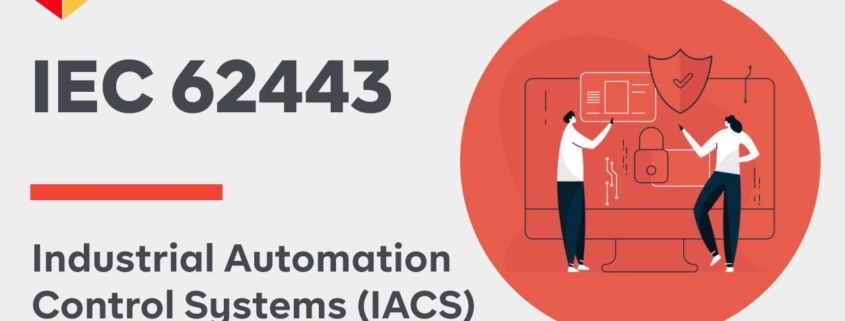New ransomware attacks by Russian hackers highlight cybersecurity challenges
Image showing Colonial Pipeline Houston Station facility in Pasadena, Texas (Eastern Houston) … [+]
NBC News reported On Friday, “According to cybersecurity firm Huntress Labs, successful ransomware attacks on a single company have spread to at least 200 organizations, making them one of the largest criminal ransomware ever.” NS Washington post Later, he said the attack affected more than 1,000 companies.
according to Forbes, A group of Russian-speaking hackers Claim Responsible for a major ransomware attack and demanded $ 70 million in Bitcoin to recover corporate data.
Faced with these Increase in cyber attacksBusiness leaders continue to face major challenges that make it difficult for businesses to respond to cyber-related crises.
Cyber vulnerabilities and trends
on Wednesday, cobalt Their release Annual report We investigated corporate cyber vulnerabilities and identified trends and risks affecting the cyber security community.Data was collected from the company’s own platform to connect to Ethical hacker According to organizations that need security testing and need to help find and fix security vulnerabilities. Caroline Wong, Cobalt Chief Strategy Officer.
“Unfortunately, the hottest cyberattacks that have occurred in the last few years—Equifax, Solar wind, Colonial pipeline, JBS — It’s not fundamentally different from the types of attacks observed over the last few decades, ”says Wong.
She states: “The first ransomware attack occurred in 1999. The cybersecurity industry knows how to discover, fix, and prevent the occurrence of this type of problem. NS National Vulnerability DatabaseWas created in 2000 and contains over 150,000…




